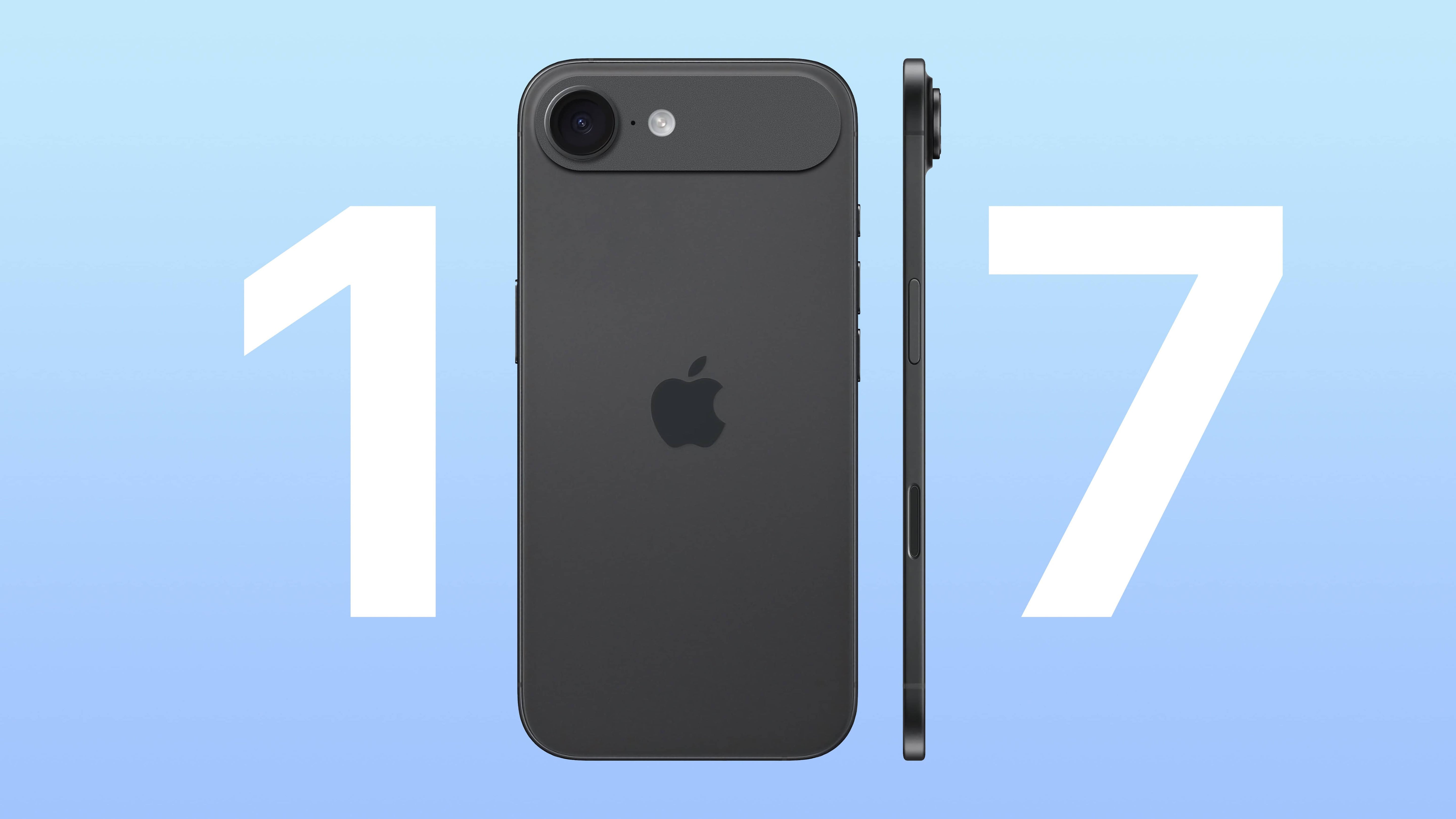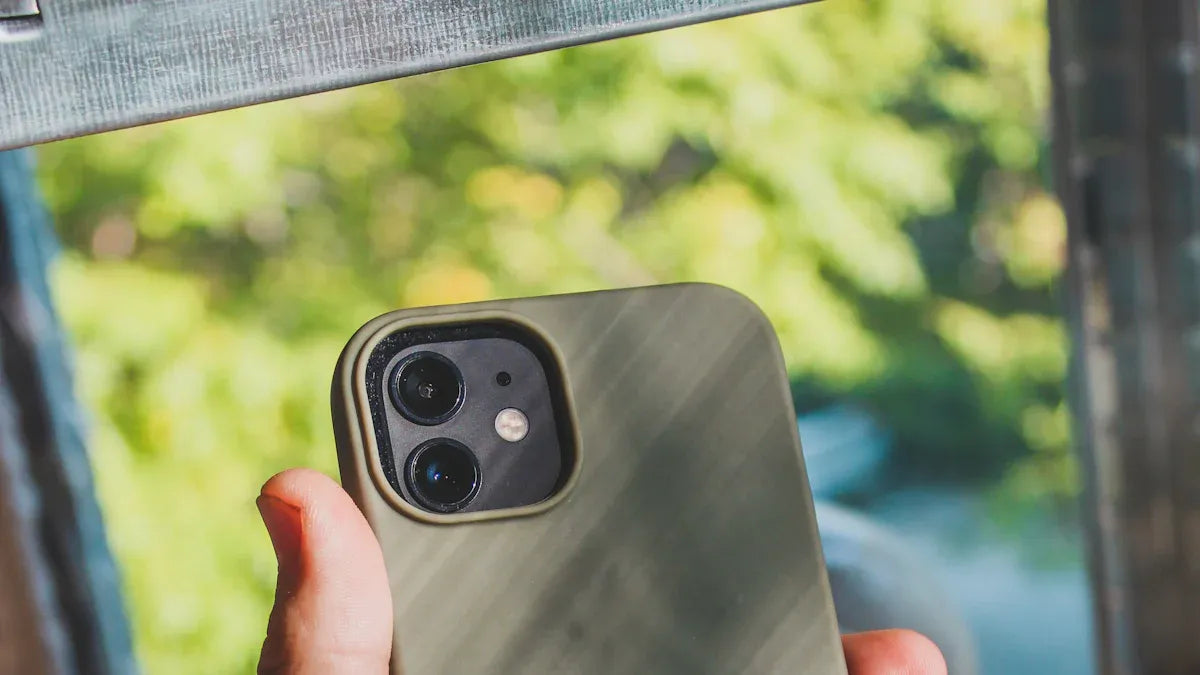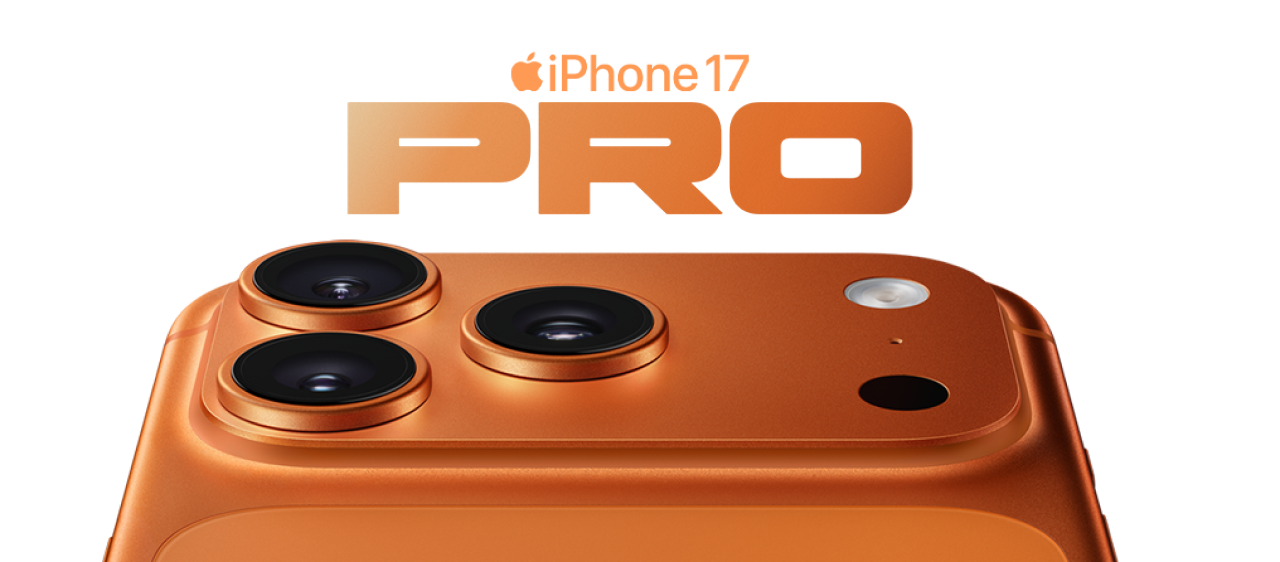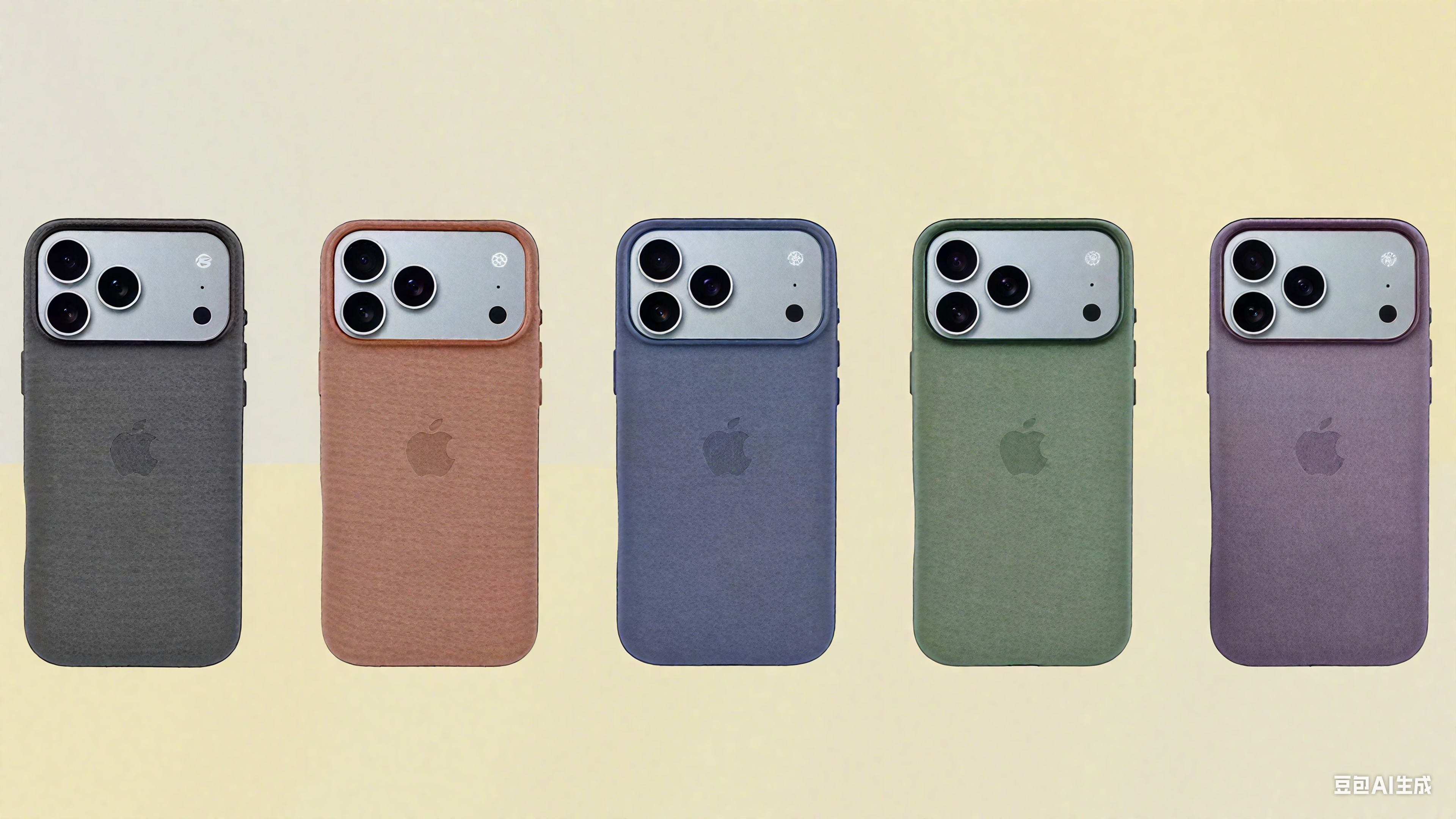
Is the iPhone 17 Air Too Thin to Break? Why a Protective Case — Especially a 2-in-1 TechWoven Case — Matters
Short version: Apple’s iPhone 17 Air pushes the thinness envelope. That brings great ergonomics, but also a higher sensitivity to bending and impact forces. For owners who want to keep the phone looking and working like new, a well-engineered protective case — notably a slim 2-in-1 TechWoven case that combines flexible shock absorption with a woven-strength back — becomes more than an accessory: it’s a practical necessity.
Introduction — why thinness raises a new set of questions
Apple’s design language has long prized thinness and minimalism. The newer the model, the more engineers shave millimeters off the profile and grams off the weight. The iPhone 17 Air exemplifies that trend: featherweight, incredibly slim, and visually striking. But as manufacturers chase thinner designs, the physics of structural strength don’t disappear — they shift. A phone that is thinner has less material to resist bending and less internal room to dissipate impact energy. That leads many buyers to ask: is the iPhone 17 Air more likely to bend or break in everyday scenarios?
Lessons from history — Apple’s thinness controversies
We don’t need to speculate — history gives concrete examples where thinness came at a cost.

- iPhone 6 “Bendgate” (2014) — Users found that the thin aluminum frame of the iPhone 6 Plus could bend in tight pockets under normal sitting pressure. The event became a cultural touchpoint and taught consumers to think twice about structural rigidity in ultra-thin designs.
- iPad Pro flex tests (2018) — The 2018 iPad Pro models were remarkably thin but susceptible to manual flexing. Review videos showing easy bending rattled confidence even though Apple stated devices were within specification.
- MacBook Air form-factor compromises — Over several generations, achieving a thin laptop body required trade-offs such as keyboards and hinge designs that raised durability concerns for certain use patterns.
Each incident shows a pattern: thinness amplifies trade-offs between aesthetics and structural tolerance. The good news is engineering improves with every generation — materials, internal reinforcement, and quality control have advanced. The iPhone 17 Air benefits from those advances, yet the basic mechanical constraints remain: less thickness usually means less inherent ability to resist bending and absorb energy from impacts.
How the iPhone 17 Air’s design affects durability
Understanding risk requires understanding design choices. Three factors matter most:
- Material selection — Aluminum alloys are lighter and easier to shape than stainless steel or titanium, but they are generally more malleable. The iPhone 17 Air optimizes weight and manufacturability, which favors lighter alloys.
- Wall thickness and internal reinforcement — Thinner walls and tighter internal packaging reduce mechanical margin: there’s simply less material to resist force. Apple can add reinforcements (internal ribs, adhesive bonding, multi-point frames), but those add cost and complexity.
- Device footprint — As screen sizes expand while the body gets thinner, bending leverage increases. When you press at the center of a wide, thin panel, the same force creates more bending moment than on a thicker device.
In short: the iPhone 17 Air’s beautiful thin profile leads to an increased need for external reinforcement in daily life.
Real-world scenarios where thinness matters
Not every user will see bent phones, but common actions raise risk:
- Sitting with the phone in a tight back pocket — your body weight can create sustained bending force.
- Placing the phone in a bag compressed by other objects — localized pressure and shear forces can act on thin frames.
- Accidental drops on edges — thin devices have less material to deform and absorb impact before internal components take the hit.
For a high-value device, even a low probability event is worth mitigating.
Why cases matter more for ultra-thin phones
A protective case performs multiple mechanical functions beyond mere scratch prevention:
- Reinforcement: A well-designed case adds structural support around edges and corners, reducing bending stress on the frame.
- Energy absorption: Shock-absorbing layers (TPU, elastomer cushions) dissipate kinetic energy from drops before it reaches fragile internal parts.
- Load distribution: A rigid or semi-rigid back spreads a local pressure across a wider area, reducing the likelihood of localized deformation.
For the iPhone 17 Air, these functions are particularly valuable: the case turns a delicate, thin shell into a package with higher effective resistance to everyday hazards.
Comparing case materials — which types suit the iPhone 17 Air?
Not all cases are created equal. Here’s a practical comparison tailored to thin flagship phones:
- Silicone: Soft, grippy, and pleasant in hand. It helps with slips but offers limited structural reinforcement. Best for light protection and grip, not maximum rigidity.
- TPU: Flexible and shock-absorbing. TPU edges are great for corners and drops, but a full TPU shell alone may be slightly thick and can yellow over time.
- Polycarbonate (PC): Rigid and scratch-resistant. A PC back provides load distribution and a slim profile, but on its own it lacks impact absorption.
- Hybrid (TPU + PC): Combines flexible edges with a rigid back — a practical balance often used in “slim rugged” designs.
- TechWoven Cases (woven composite / fabric hybrid): These use woven high-strength fibers or textile composites bonded to a structural backing. They deliver a premium feel, improved tensile strength, and a textured grip while remaining thin. When combined with a flexible inner layer (TPU), they form an excellent lightweight protective system.
Why a 2-in-1 TechWoven Case is especially suitable
Caseease’s 2-in-1 approach (a flexible internal layer + a slim, woven composite outer layer) targets the precise needs of phones like the iPhone 17 Air:
- Thin profile: The woven outer layer is lightweight and thin, preserving the Air’s ergonomic advantage.
- Edge cushioning: The inner TPU rail cushions impacts and protects corners — the most common damage points in drops.
- Structural support: The woven composite back provides extra tensile strength, reducing the risk of frame flex under localized pressure.
- Grip and aesthetics: Woven texture improves hold and resists scratches and patina compared to plain glossy backs.
Put simply: this hybrid design gives thin phones like the iPhone 17 Air the reinforcements they need without undoing the point of buying a thin device in the first place.
CaseEase 2-in-1 TechWoven Cases — Recommended for iPhone 17 Air
CaseEase offers a purpose-built 2-in-1 TechWoven case for the iPhone 17 Series that pairs a shock-absorbing TPU inner frame with a slim TechWoven outer layer. The result is a case engineered to protect against bends, drops, and everyday stress while keeping the phone slim and pocketable.
- Design: Two-part construction — TPU inner bumper + TechWoven outer shell.
- Function: Reinforces edges, absorbs shock, distributes pressure across the back.
- Compatibility: MagSafe friendly and precisely cut for iPhone 17 Air ports and camera module.
- Price: $19.99 (available at CaseEase iPhone 17 Series).
How to choose a case that doesn’t defeat the point of an Air model
You don’t have to choose between protection and slimness. When selecting a case for the iPhone 17 Air, consider these practical criteria:
- Slim-hybrid construction: Aim for a thin rigid back plus a TPU frame — this provides structure without bulk.
- Corner protection: Ensure the case has reinforced corners or internal air cushions; most serious damage starts there.
- Raised lips: A subtle bezel around the screen and camera reduces direct impact on fragile surfaces.
- Material quality: High-grade TPU and well-woven textile composites last longer and perform more predictably.
- Fit and finish: A precision fit reduces rattle and prevents stress concentrations from loose fits.
Practical maintenance tips
Even with a case, care matters. A few simple habits extend lifespan:
- Remove and clean the case periodically — trapped dust can scratch finishes.
- Use a tempered glass screen protector for the best combined defense.
- Avoid sitting on the phone in back pockets when possible.
- Inspect the case after drops — a damaged case should be replaced promptly.
FAQs
Q: Will the iPhone 17 Air bend like the iPhone 6 did?
A: Apple’s engineering has progressed since the iPhone 6, with stronger alloys and reinforcements. That said, the Air’s ultra-thin body is inherently more sensitive to bending than thicker Pro models. Using a properly designed case — especially a hybrid 2-in-1 TechWoven case — substantially reduces that risk.
Q: Are TechWoven Cases really better than TPU or PC alone?
A: TechWoven Cases, when paired with a flexible inner layer (the 2-in-1 design), combine the tensile strength and texture of woven composites with TPU’s shock absorption. That hybrid approach typically outperforms single-material shells for thin devices.
Q: Will a case make the iPhone 17 Air bulky?
A: Not if you choose a slim hybrid like CaseEase’s 2-in-1 TechWoven model. These are engineered to add millimeters where needed (corners, bezel) while keeping the overall profile minimal.
Q: How much should I expect to pay for good protection?
A: High quality hybrid cases often range from about $15–$40. CaseEase’s 2-in-1 TechWoven option sits at an entry price point of $19.99, offering a balance of affordability and engineered protection.
The iPhone 17 Air is an engineering triumph of thinness and design. But with thinner devices comes a responsibility: protect them intelligently. A 2-in-1 TechWoven case offers a pragmatic middle ground — preserving the slender feel while strengthening the frame and absorbing impacts. If you’ve chosen the iPhone 17 Air for its lightness and elegance, pairing it with a slim hybrid case is the smartest way to keep that elegance intact for years.


















